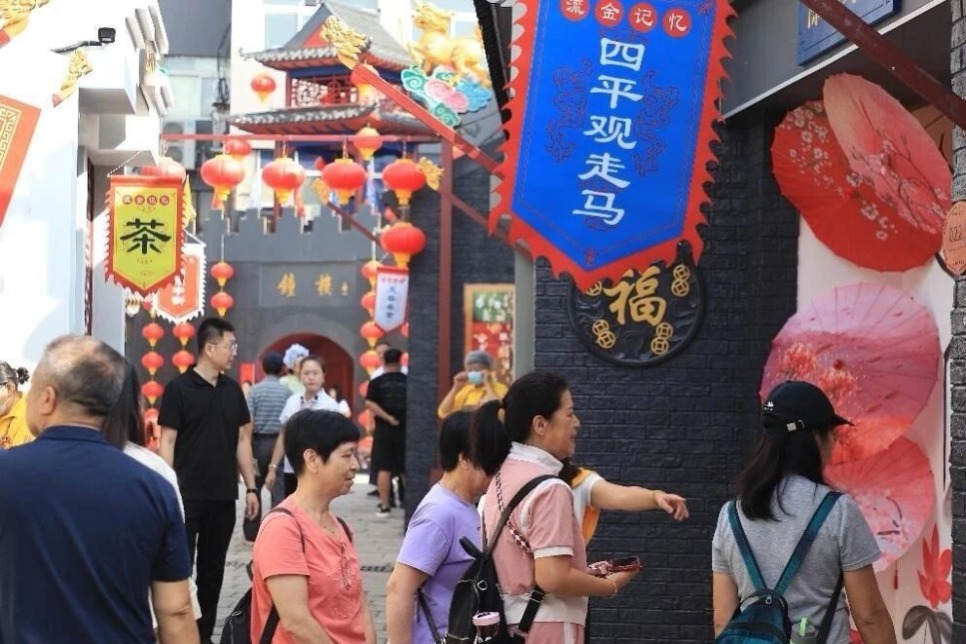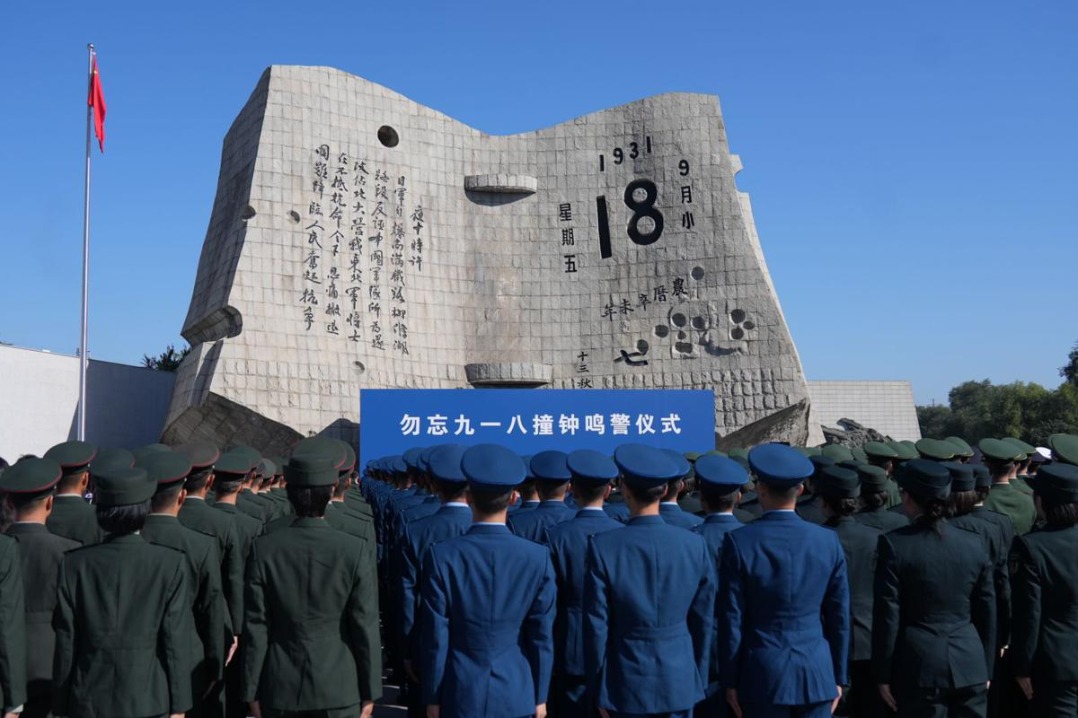Heritage shines through precious metal threads


After years of practice, Li can draw the metal into 0.16 mm threads, thinner than a hair, and create vivid art. He created a sensation with his breathtaking miniature models, including the Chongqing People's Hall and Empress Dowager Cixi's Carriage.
In the 1990s, more advanced equipment and designs from the gold and silver processing industry in China's coastal regions resulted in a devastating decrease in orders for inlay artists, and Li's company went bankrupt in 2004. Filigree inlay work in Chongqing has been in decline ever since.
But Li did not give up. From 2004 to 2006, he traveled to Beijing, Chengdu, Shenzhen and Zhangzhou to learn different approaches. In Li's view, continual perfecting of one's skills is a basic criterion for any craftsman. But a true craftsman should also be able to inherit and innovate skills with the times.
The delicate craft that had mainly been used to decorate imperial luxury ornaments such as crowns and hats in old times, has developed into a precious modern-day folk art.
In recent years, the rise in popularity of traditional Chinese clothing, such as hanfu, also brings opportunities for traditional handicrafts.
"Now we mostly do jeweled brooches, hairpins and corsages, depending on demand," Li said.
In 2006, he returned to Chongqing, eager to tutor a qualified inheritor. He currently has more than a dozen artists and apprentices who mostly concentrate on filigree.
"I hope there will be an inheritor who can pass down the much more intricate inlay work from me in the future," he said.
In 2008, filigree inlay was listed as a national intangible cultural heritage, and in 2014, Chongqing filigree inlay art was listed as a cultural heritage of the city. Li is the only inheritor in the municipality.
























